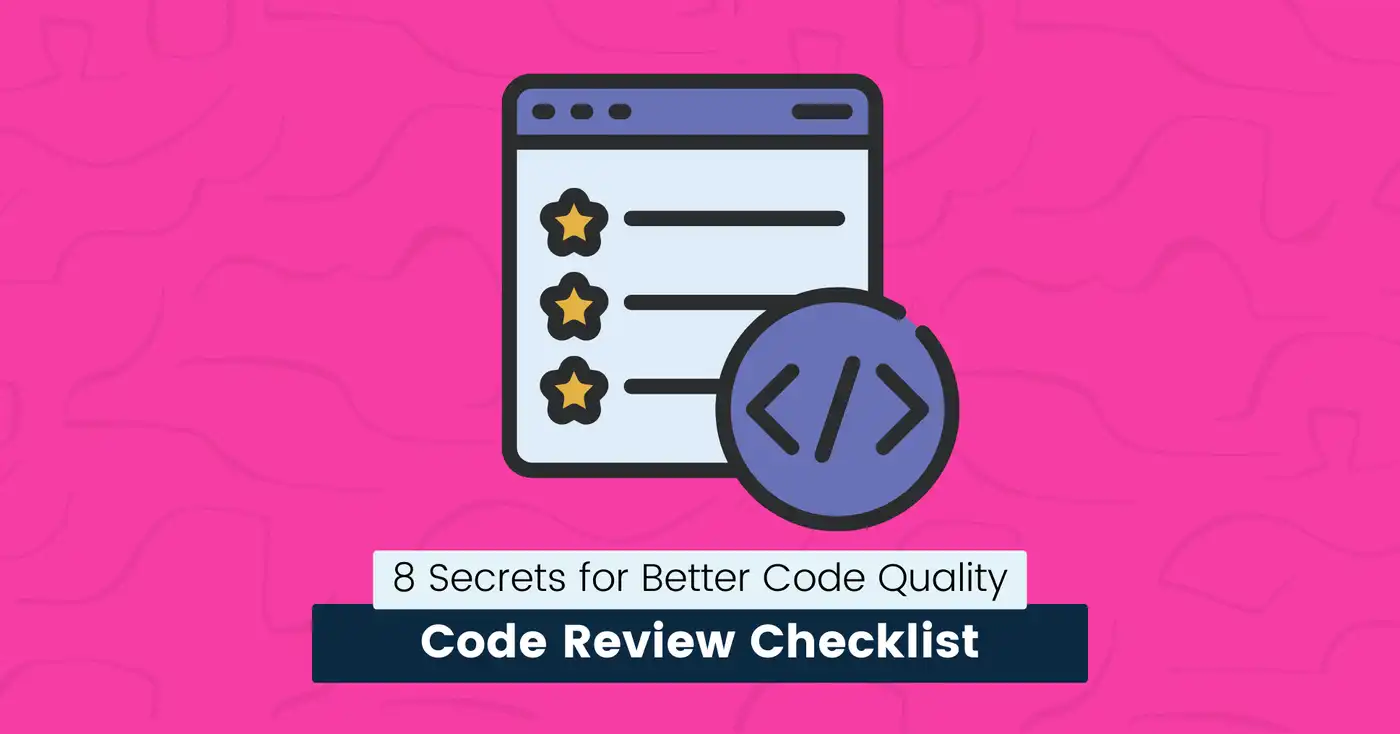
Code Review Checklist: 8 Secrets for Better Code Quality
Are you constantly striving to improve the quality of your code? Well, you’ve come to the right place!
We’ll share some secrets for improving code quality through an effective code review checklist.
Whether you’re a seasoned developer, code reviewer, or just starting, these tips can help you find, fix issues and optimize performance.
So, let’s jump right in and discover the secrets to better code quality together!
What is a Code Review?
It is a collaborative process where one or more reviewers inspect the code written by a developer.
The main objective of code review is to identify potential issues and provide suggestions for improvement.
The reviewer analyzes various aspects of the code, including its readability, error handling, security, functionality, performance, and documentation, to ensure the code meets the required standards and quality levels.
A senior developer or a dedicated code reviewer can conduct a code review. It plays a crucial role in maintaining code quality and preventing issues from surfacing in the future.
Types of Code Reviews
Code reviews play a vital role in the development process, and you can conduct different types of code reviews depending on the team’s strength.
Here are some of the most common types:
- Formal Inspections: During structured code reviews, multiple reviewers use a predefined checklist to examine the code in a formal meeting.
- Pair Programming: In this approach, two developers work together on a task, one actively coding and the other reviewing the code in real time. It allows for immediate feedback and collaboration.
- Pull Request Reviews: Developers submit code changes as pull requests, and reviewers provide feedback before merging into the main codebase.
Tip: You can create a pretty code snippet with Snappify. Share with your team or audience to help you review the code. It is a modern and creative way to ask for code feedback.
Code Review Checklist
A code review checklist can help developers ensure their code meets the required standards and sticks to the best practices.
Here are some tips and tricks to implement an effective code review checklist:
Establish clear code review guidelines
Create a set of clear, well-defined guidelines that outline the expectations for code quality.
Include factors such as:
- Coding Conventions
- Design Patterns
- Folder Structure
Prioritize code readability for future collaboration and maintenance.
You can achieve this through proper indentation, meaningful variable names, and well-placed comments.
Include automated code analysis tools
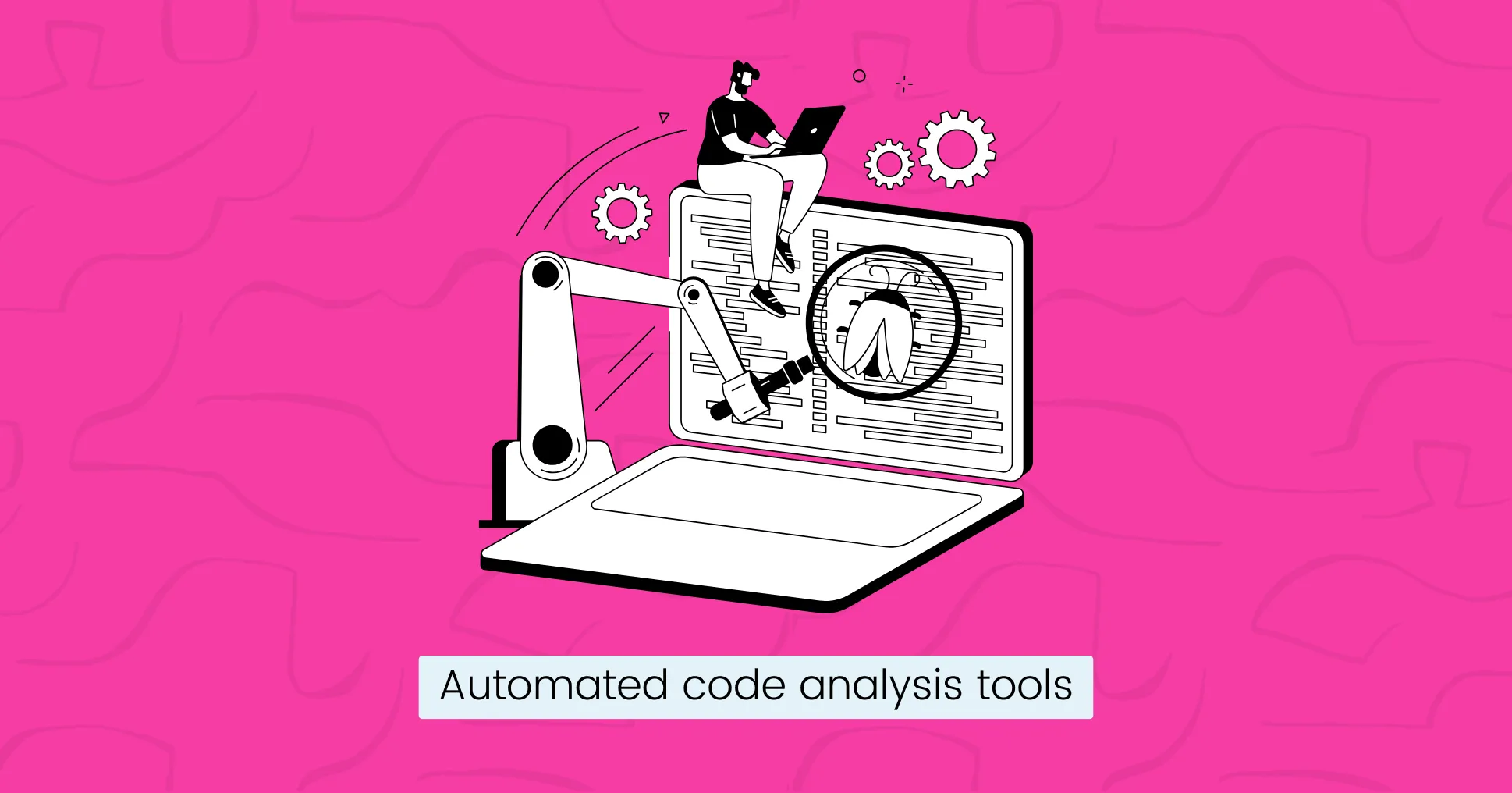
Utilize automated code analysis tools like SonarQube, Coverity, and Klocwork that can help identify potential issues and improve compliance with coding standards.
Using such tools, you can identify issues like:
- Code Smells
- Dependency injections
- Vulnerabilities
Encourage modular and reusable code
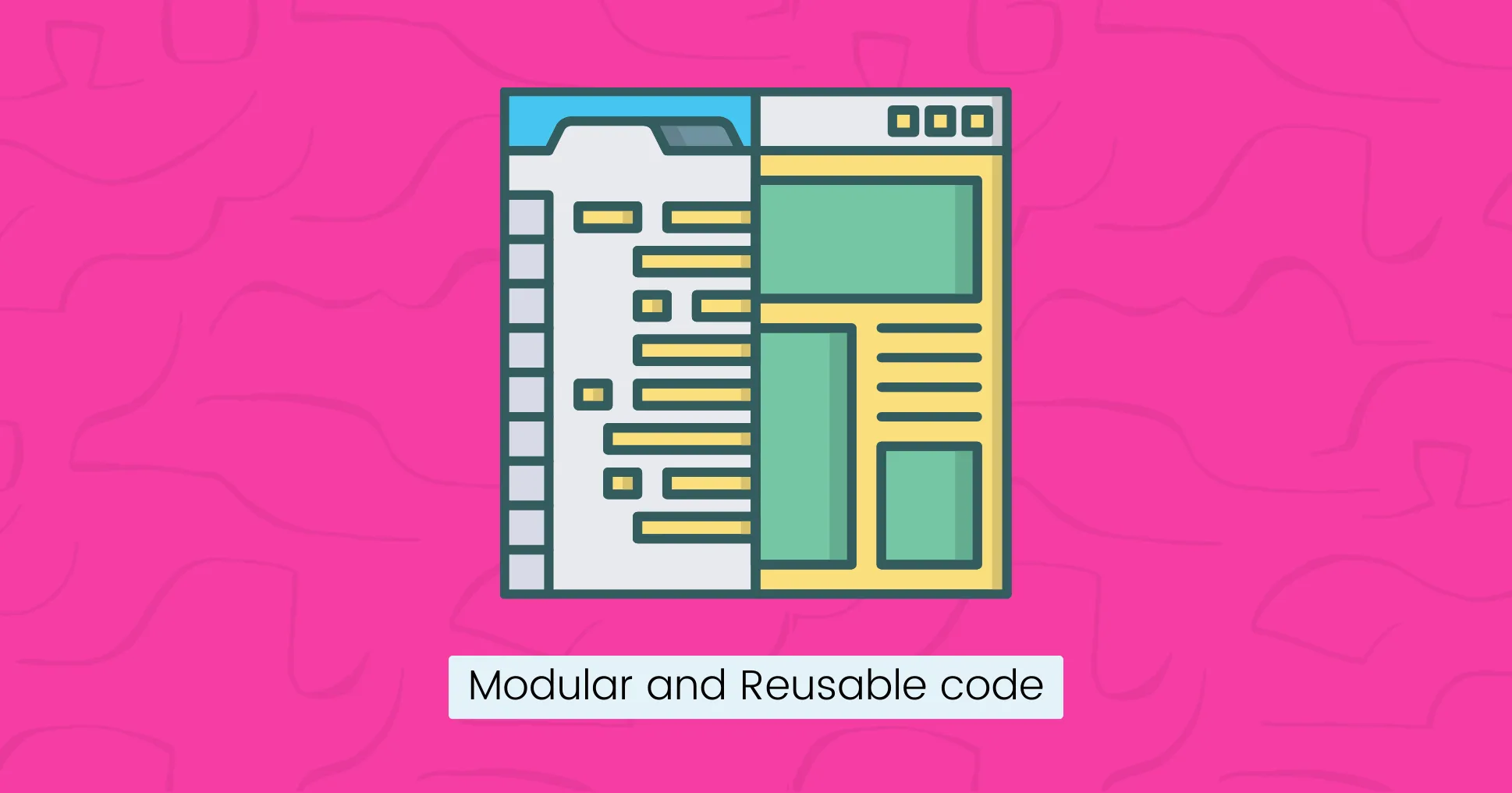
Modifying code into reusable components is important to avoid duplication and promote code reusability.
Key Steps:
- Analyze your codebase and extract recurring logic into separate modules.
- Once you identify common functionality, abstract it into reusable functions or classes. These can be standalone utility functions or classes that encapsulate a specific set of functionality.
- Define clear interfaces for reusable components to facilitate understanding and correct usage by other developers.
- Group related functionality together within modules or classes. It improves code organization and makes it easier to understand and maintain.
- Use meaningful and descriptive names for your functions, classes, and variables. Make it easier for other developers to understand the purpose and functionality of the code.
- Provide clear documentation for your reusable components, including examples and guidelines on how to use them correctly.
Promote a Positive Code Review Culture
Emphasize the importance of code reviews and the benefits they bring to overall software quality.
Encourage a positive code review culture by open communication, constructive feedback, and knowledge sharing among team members.
By promoting a collaborative environment, developers can collectively improve their coding practices and learn from one another.
Provide Sufficient Training

It is essential to provide sufficient training to developers on coding standards and code review checklists.
You can achieve this by hosting workshops, webinars, or online resources explaining the reasoning behind each coding standard.
Such training will equip the team with the necessary knowledge to conduct effective code reviews and stick to the established checklist.
Tip: Snappify is capable of creating technical presentations. You can create a complete code presentation or animated slides and then present it to your developers for proper training.
Automate tests
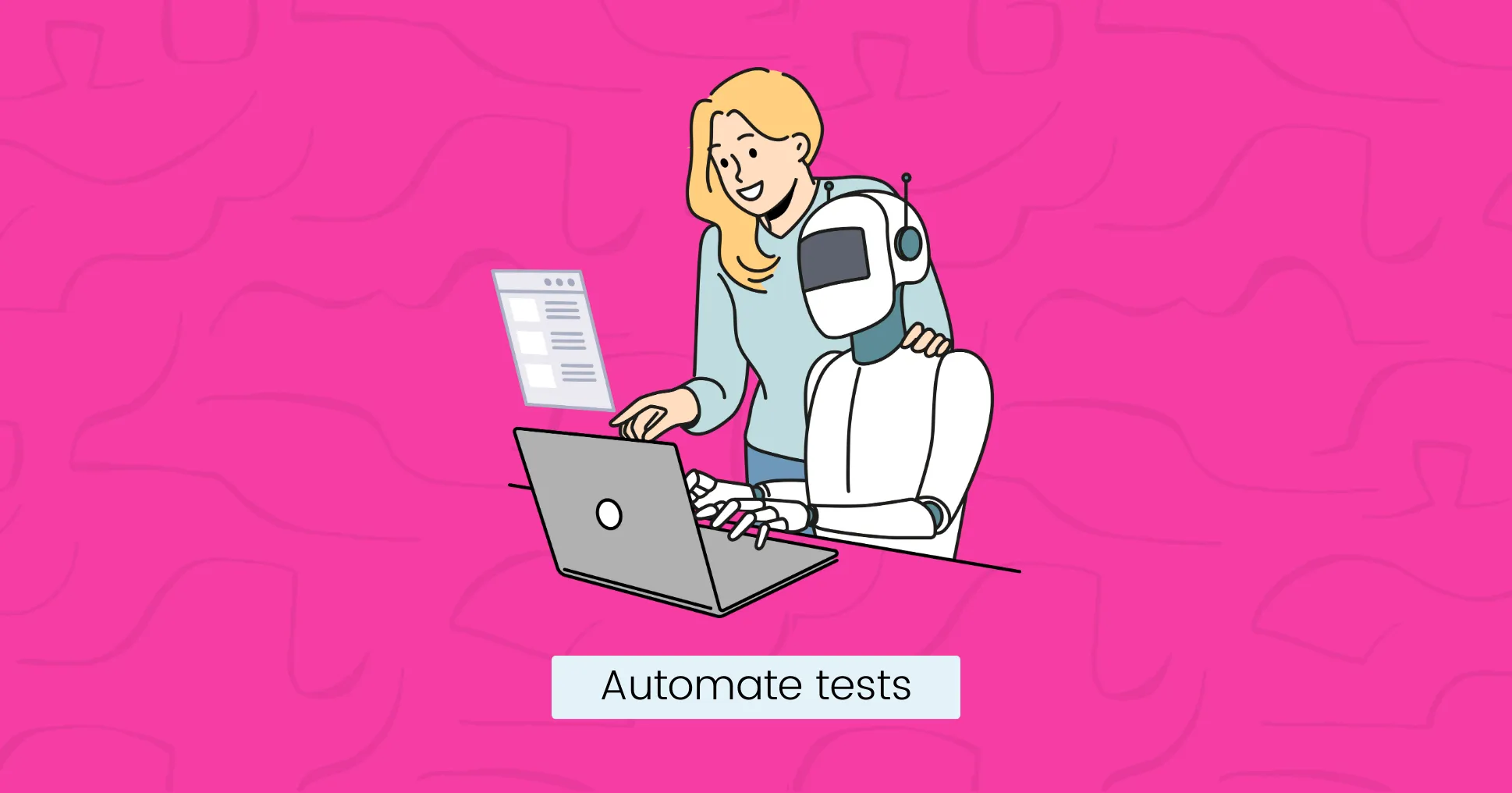
Automated tests that align with code review checklists ensure high-quality code and a smooth review process, saving time and effort for reviewers and developers.
Here are some tips for effectively automating code review tests:
- Determine which items on the checklist can be validated programmatically.
- Select test automation frameworks like Selenium, Cypress, and Nightwatch JS that are compatible with your programming language.
- For each checklist item, define specific test cases that cover the requirements.
- Write test automation scripts using the selected frameworks and programming languages.
- Incorporate automated tests into the CI/CD pipeline for regular execution.
- Implement mechanisms to generate comprehensive test reports that detail the results of each test case execution.
Monitor Performance
Performing regular monitoring of code performance is an essential activity in maintaining the quality and efficiency of software.
Follow these tips and tricks to ensure optimal code performance:
- Check for slow database queries and optimize them using indexing or query optimization techniques.
- Examine the code for memory leaks, such as objects not properly released or disposed of after use.
- Check for complex and inefficient algorithms that could be improved, such as replacing nested loops or identifying more efficient data structures.
- Optimize resource usage, such as CPU and memory, during code execution.
- Test the code’s response time for critical operations or functions and set benchmarks to verify if it meets performance requirements.
- Validate network communication, particularly in distributed systems or client-server architectures, to ensure efficiency and smooth data transmission.
- Evaluate the system’s scalability, identifying potential bottlenecks or application limitations.
Check for errors
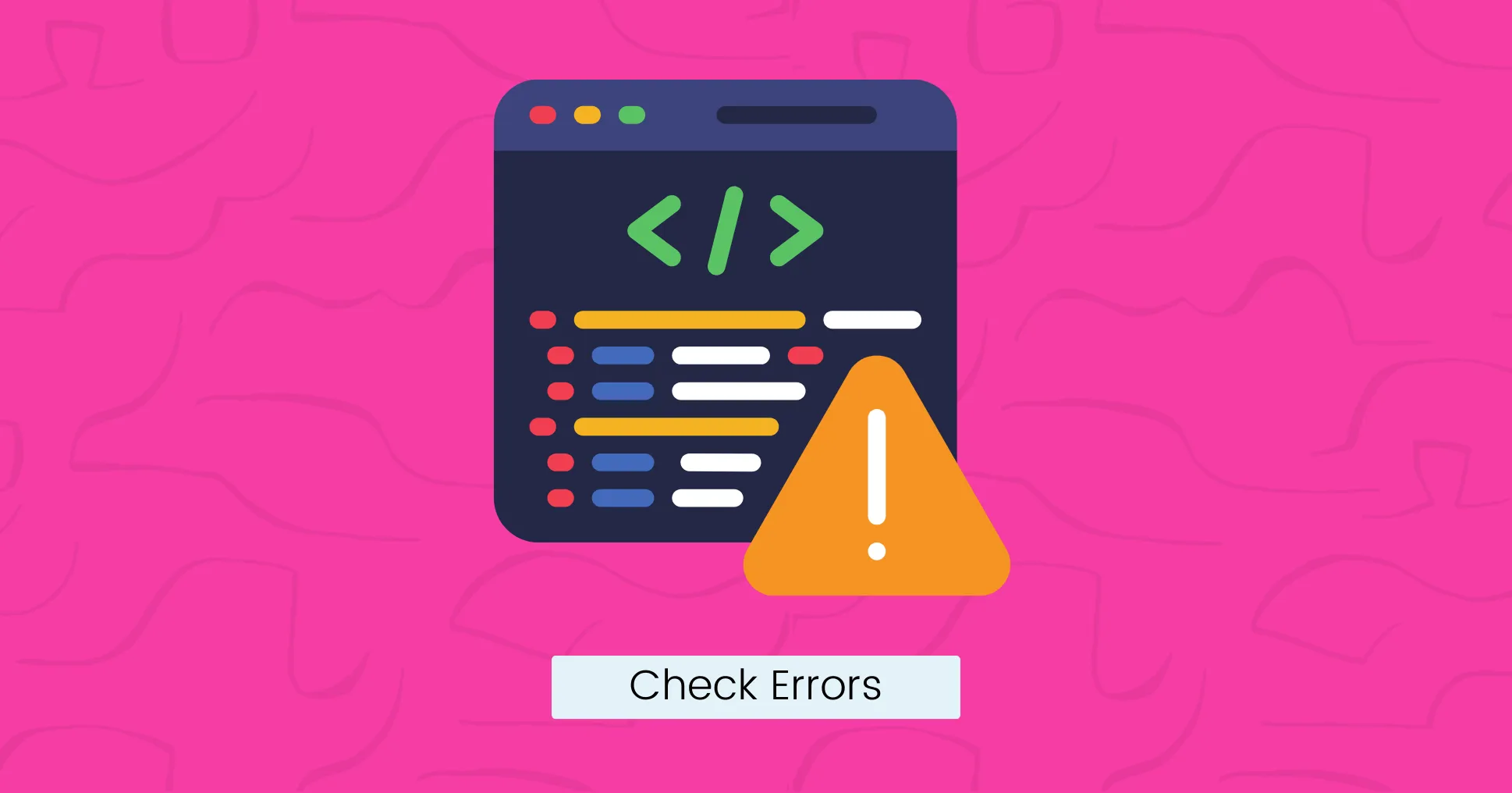
When reviewing code for errors, there are several aspects to consider.
Here are some key areas to focus on during code review:
- Check for missing or incorrect data types and ensure proper initialization.
- Analyze conditional statements for correctness and completeness.
- Verify that loops and conditionals do not result in infinite or unreachable code segments.
- Review error handling mechanisms, such as exception handling and error codes.
- Check for potential resource leaks, such as open files or unclosed database connections.
- Look for potential security vulnerabilities, such as SQL injection or cross-site scripting, by validating and sanitizing input for relevant contexts.
- Consider testing for unexpected or malicious input to ensure robustness.
- Review memory allocation and deallocation processes, especially for dynamically allocated memory.
Tip: You can highlight errors in code snaps by using Diff and share with your audience.
Best practices for code reviews
Some best practices for code reviews include:
- Review small chunks of code at a time,
- Provide specific and actionable feedback,
- Discuss possible improvements rather than just pointing out flaws
- Maintain a respectful and collaborative attitude during the review process.
Code Review Checklist Template
8 Steps checklist which you can follow right away:
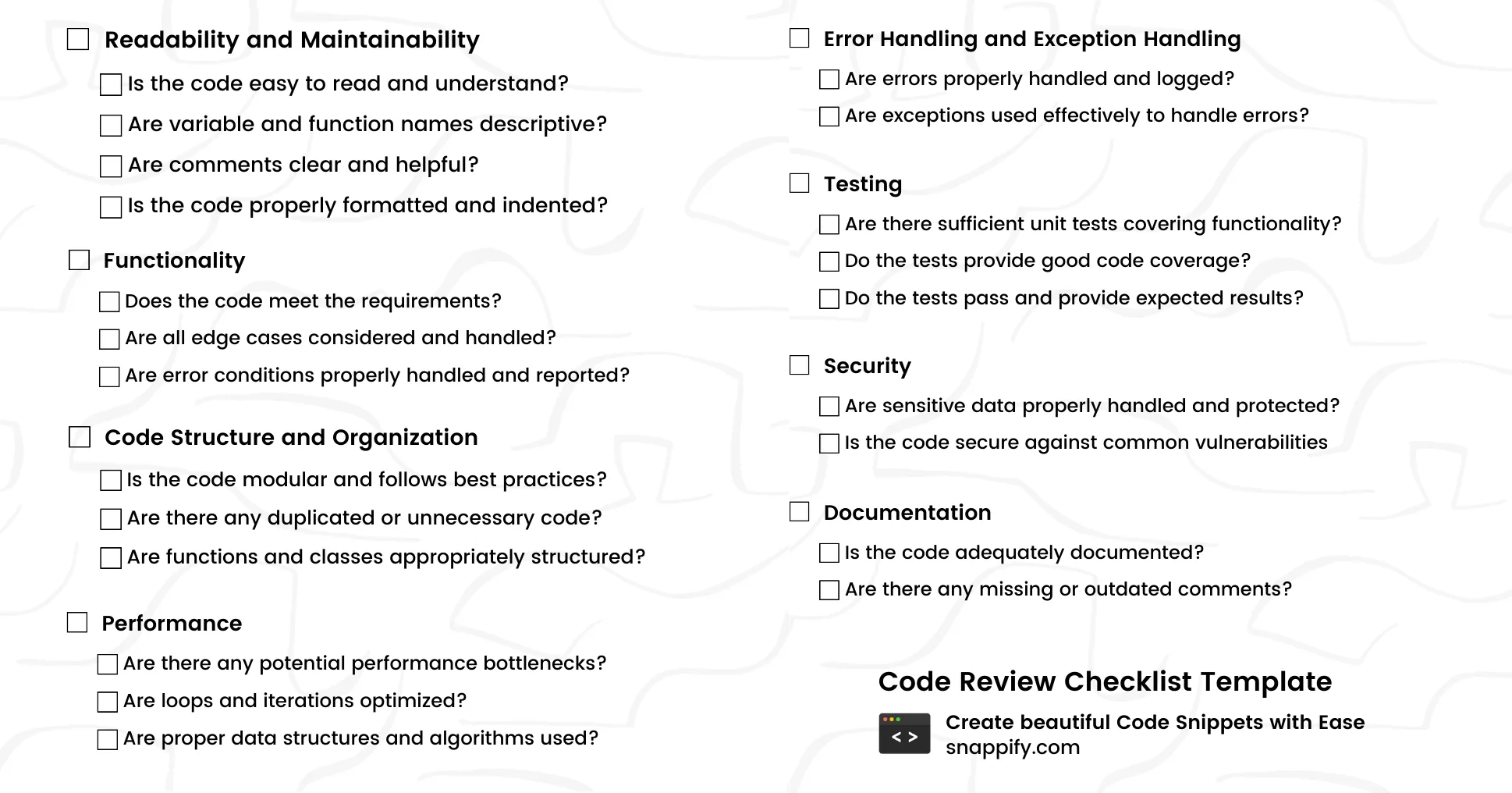
Readability and Maintainability
- Is the code easy to read and understand?
- Are variable and function names descriptive?
- Are comments clear and helpful?
- Is the code properly formatted and indented?
Functionality
- Does the code meet the requirements and specifications?
- Are all edge cases considered and handled appropriately?
- Are error conditions properly handled and reported?
Code Structure and Organization
- Is the code modular and follow best practices for separation of concerns?
- Are there any duplicated or unnecessary code sections?
- Are functions and classes appropriately structured?
Performance
- Are there any potential performance bottlenecks?
- Are loops and iterations optimized?
- Are appropriate data structures and algorithms used?
Error Handling and Exception Handling
- Are errors properly handled and logged?
- Are exceptions used effectively to handle exceptional cases?
Testing
- Are there sufficient unit tests covering critical functionality?
- Do the tests provide good code coverage?
- Do the tests pass and provide the expected results?
Security
- Is the code secure against common vulnerabilities (e.g., SQL injection, cross-site scripting)?
- Are sensitive data properly handled and protected?
Documentation
- Is the code adequately documented (e.g., function descriptions, usage examples)?
- Are there any documentation comments that need to be updated?
Conclusion
Developers can improve code quality, reduce bugs, and foster team collaboration by following tips and a code review checklist. A streamlined process with high standards supports continuous improvement in the development cycle.
FAQs
What is the purpose of a code review?
A code review aims to improve code quality by identifying and fixing any issues or potential problems. It also helps share knowledge and maintain a high code standard across the team.
How can I perform effective code reviews?
For effective code reviews, set clear objectives, focus on readability error handling, give actionable feedback, follow a checklist, and create a positive environment.
Is there any code review tool that can help me?
Code review tools like GitHub, GitLab, and Azure DevOps help automate and streamline the code review process.
